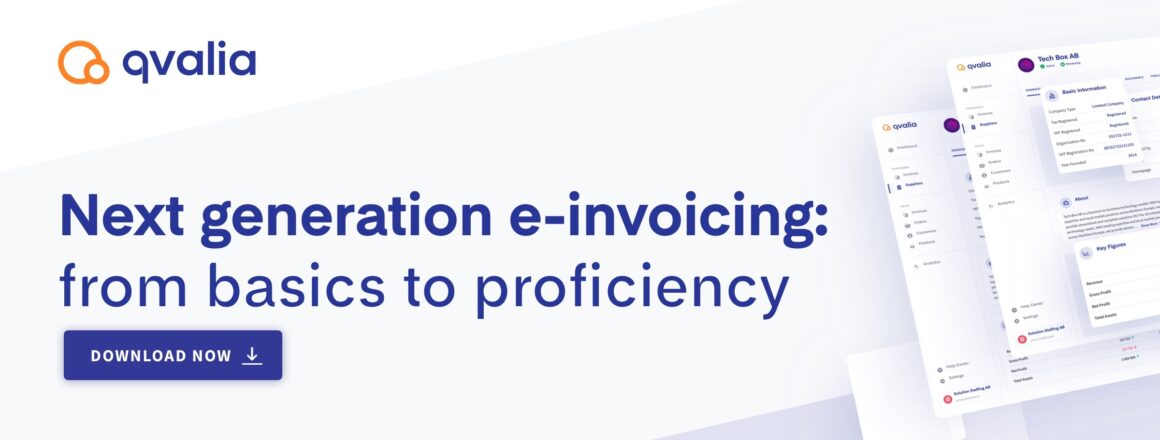
What are the requirements for valid invoices? Here’s what you need to know.
The goal of every business is to get paid for the products and services they sell, and invoices play a critical role in making that possible. While invoices may seem basic on the surface, the differences between a properly and improperly filled out invoice are night and day.
Invoices are more than just an itemized record of products and services sold. They contain detailed company information—such as tax IDs, addresses, and contact information—to name a few.
Finance departments rely on the accuracy of this information when sending and paying invoices, to create paper trails, and ensure an organization is organized and accountable for all transactions that flow through it.
So, what does an invoice require? What do invoicing best practices look like? And how can you optimize this process to improve process efficiency and cut costs?
The basics behind invoices
Invoices serve as a detailed statement of any products and services that were sold to a third-party. A basic invoice will itemize products and services sold, identify the recipient (both the individual and company), include a unique invoice number, payment terms, and total costs (subtotal, tax, and final).
Invoice and payment frequency
The frequency that invoices are sent will depend on a company’s specific processes. Adding to that, vendors will pay invoices according to their own payment frequency. It’s important that you determine payment frequency before working with a vendor.
Here are a few of the more popular invoicing terms related to payment frequency:
- Upon Receipt. Payment is expected immediately after the invoice is issued.
- Net 15, 30, and 60. Invoices with net terms should be paid on or shortly after the specified number of days in the net terms.
- End of Month (EOM). Payment will occur at the end of the month.
- Cash on Delivery. Product and shipment-focused businesses may accept the more traditional cash on delivery payment method.
- Payment in Advance (PIA). Payment should be made in advance of delivery.
- Cash Next Delivery (CND). Payment will be made at the time of the next delivery.
Because invoices include defined payment terms, such as due dates, it serves as a short-term credit that the supplier offers its customers. For accounting departments, it serves as a source document specifying the financial details of a transaction.
Invoice formats and technology
Invoicing trends are changing, but there are a variety of accepted formats that are used around the world. These formats include:
- PDF files
- Electronic
- Printed paper
- Hybrids (electronic and image file)
Invoices were traditionally printed out and sent to suppliers. However, the lack of a defined standard created significant challenges for companies.
Enter technology. Technology worked to solve this problem, but created even more ambiguity with the various file formats and compatibility issues between platforms. EDI was an early solution that aimed to fix this problem. Still, without centralized networks with defined standards—companies often wasted resources converting and processing invoices.
Major advancements in technology have created entire invoicing networks that are synchronized and capable of streamlining this critical component of the transaction process. Peppol is one example of an e-invoicing standard that aims to create a centralized network that simplifies the procurement process.
Invoice requirements in the EU
Invoicing standards vary depending on the company, country, and region. However, requirements for invoices across these categories are generally similar.
A non-electronic invoice should clearly show that it’s an invoice, while PDF and paper invoices must be easily differentiated from other documents, such as offers or delivery notes.
Invoice requirements within the EU
- Date of invoice issue
- Invoice number, the unique sequential identifying number for the invoice
- Supplier’s VAT identification number
- Customer’s VAT identification number, in case of reversed charge
- Supplier’s full name and address
- Customer’s full name and address
- Type and quantity of goods or service
- The unit price of goods or services, including taxes or discounts if it’s part of the unit price
- The payment date
- VAT rate
- VAT amount payable
- VAT amount payable breakdown of VAT rate or exemption
- Foreign currency rate
Additional requirements if applied
- Indicate, or reference to EU legislation, if VAT exempt
- Reverse charge reference statement
- Intra-EU supply of a new car or other means of transport
- Margin VAT schemes reference statement
- Self-billing reference statement
- Cash accounting reference statement
- VAT details for tax representatives for organizations outside of the EU
What is electronic invoicing?
Electronic invoicing (e-invoicing) is a simple and secure way to send, receive, and file invoices. It’s a way for businesses to future-proof processing and increase their automation capabilities.
With the right software, implementing e-invoicing is easy and intuitive and will improve accuracy across the entire process. E-invoicing is a cost-effective way to reduce your transaction and accounts payable costs that also ensures compliance with industry data security standards.
Many companies are turning to e-invoicing solutions because of the enhanced flexibility, scalability, and usability they offer. E-invoicing is also the go-to standard when it comes to Peppol.
Learn more about e-invoicing with our latest ebook “Next Generation e-invoicing: from basics to proficiency”
Are you looking to automate your finance processes?
Invoice processes—Supplier invoice handling and customer invoicing—is one of the best places to start when it comes to integrating automation into your finance processes.
The rigid standards and requirements—combined with the digitization of invoicing—make it easy for you to automate this critical task.
Qvalia provides solutions to automate invoice handling and optimize data management for improved analytics and automated accounting, including free access to Peppol.
Want to know more about how Qvalia can transform your finance processes? Book a discovery call with one of our finance automation experts today.
